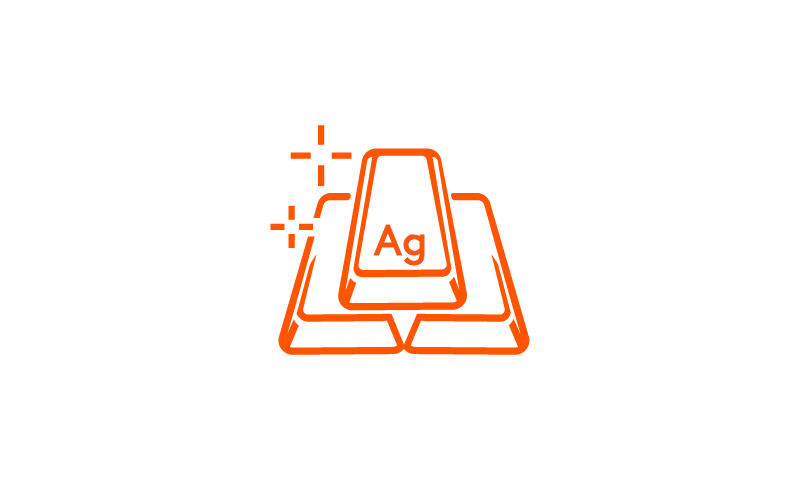How to Invest in Commodities on the ASX with ETFs
Commodities have long been a staple in investment portfolios as they offer a range of benefits from diversification, hedging against other asset types, and capital growth. Commodities is a broad term used to capture a range of raw materials which help drive the global economy including oil, precious metals like gold, grains, coffee, livestock and more. The question remains, how do you gain exposure in an efficient, cost-effective way? Commodity ETFs, in their various shapes and sizes, can help simplify the process for investors, hence they have steadily been increasing in popularity.
Let’s X-Plain:
- Why invest in commodities?
- How to gain exposure with commodity ETFs
- What is the difference between physical and synthetic ETFs?
- How to choose between a single commodity or a basket
Why Invest in Commodities?
Commodities are responsible for powering the global economy. From precious metals such as gold and silver to critical minerals like lithium, copper and uranium, they can drive portfolio results in several ways. There are several reasons to include commodities in your portfolio:
- Historically, commodities provide a natural hedge against inflation.
- Commodities can diversify your exposure by incorporating a different asset type, sector or geography into a portfolio. As an added benefit, commodities have a relatively low correlation to other assets, including local and international equities or fixed income.
- Specific commodities can be used to execute views on structural changes in the global economy because they are vital in developing technologies and infrastructure.
How to Gain Exposure with Commodity ETFs
Traditionally, investing in commodities would require investors to physically hold the commodity themselves or select individual stocks that mine specific commodities. Commodity ETFs aim to remove these complexities by offering convenience, cost-efficiency and inbuilt diversification in a single trade. However, key considerations when selecting commodity ETFs include how an ETF tracks an underlying index and whether it contains one or multiple commodities.
What is the Difference Between Physical and Synthetic ETFs?
Physically backed ETFs invest in a physical commodity that an ETF provider stores on investors’ behalf. This helps to remove personal storage costs and risks while making the physical commodity accessible via a single trade. For instance, the Global X Gold Bullion ETF (ASX: GXLD) which invests in physical bars of gold that are securely stored in a custodian vault.
On the opposite side of the spectrum are synthetic ETFs. They invest in derivatives or swaps, rather than physical commodities. This approach often allows investors to access futures markets or assets which are not easily accessible. Carbon allowances, for instance, cannot be bought by individual investors, but funds like the Global X Global Carbon ETF (Synthetic) (ASX: GCO2) open up this market by tracking global carbon allowance prices through futures.
How to Choose Between a Single Commodity or a Basket?
Single commodity ETFs have an underlying index that is physically or synthetically backed. For example, Global X Physical Silver (ASX: ETPMAG) is structured to track the price of silver. Alternatively, you can gain access to a single commodity ETF that packages up a selection of companies that mine or produce a chosen commodity rather than tracking the price of the commodity itself, such as the Global X Copper Miners ETF (ASX: WIRE) or the Global X Uranium ETF (ASX: ATOM).
However, a commodities basket puts together a strategic mix of commodities to provide investors with broad exposure to an asset class or a subsection. For example, the Global X Green Metal Miners ETF (ASX: GMTL) invests in miners and producers of a range of critical minerals that are driving the clean energy technologies and infrastructure transition, such as lithium, rare earth metals, nickel, and cobalt.
Dig Into the World of Commodities
Multifaceted and multipurpose commodities can play an important role in Australian portfolios. So, whether an investor is looking to track commodity price performance or invest in in-demand metals, commodity ETFs may be a suitable solution. As with all investments, it is important to consider the risks associated with each type of ETF as well as the market dynamics which influence the commodities it offers exposure to.


